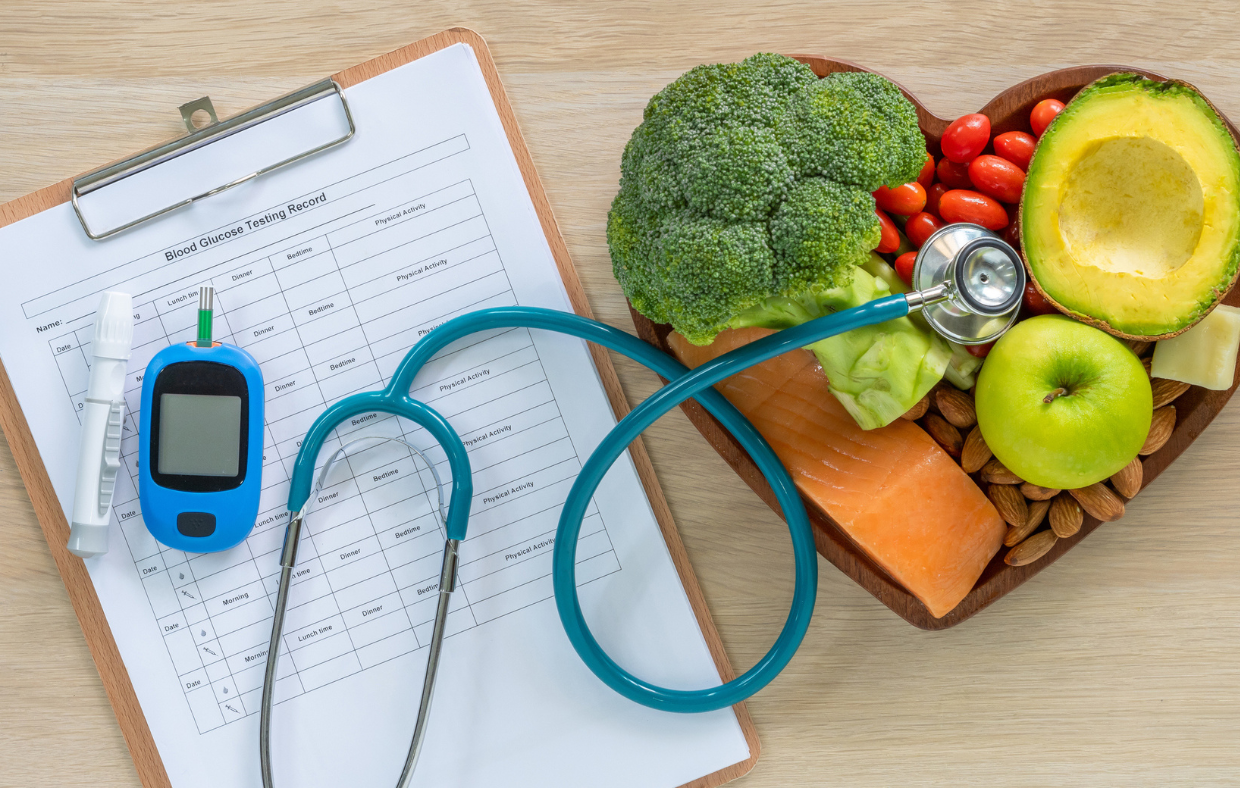
Diabetes Treatment
Diabetes is a condition that affects tens of millions in this country, about a quarter of whom remain undiagnosed and therefore unaware of the possible consequences.
What is diabetes?
Diabetes is a condition where the body struggles to convert the food we eat into the energy we need. When you have diabetes, your body is unable to properly regulate the amount of glucose (sugar) in your bloodstream. Glucose is the energy used by your cells to perform all manner of essential functions.
With type-1 diabetes, your pancreas doesn’t make any insulin, the hormone that regulates glucose and enables it to feed your cells. With type-2 diabetes, either the pancreas doesn’t make enough insulin or your cells are more resistant to insulin. The good news is that diabetes treatment is highly effective.
Why is diabetes a big deal?
When your body can’t keep blood glucose at appropriate levels, your blood starts to become thick and syrupy, and that damages your blood vessels, starting with the tiniest ones that supply blood to your eyes, heart, and kidneys, among other places. This is why diabetes is a risk factor for so many medical conditions, from heart and kidney disease to gangrene and retinopathy (which can lead to blindness).
One of the most dangerous things about diabetes, especially type 2, is that the body doesn’t sound the alarm to let us know there’s a problem; many people with pre-diabetes and diabetes have no obvious symptoms. If symptoms do occur, they typically include excessive thirst, increased appetite, and unexplained weight loss.
How can you find out if you have diabetes? Am I at risk?
Diabetes is often diagnosed when patients see their medical providers about other concerns and their providers recommend a blood-glucose test to check for diabetes. As with many illnesses, not everyone faces the same risk.
For type-2 diabetes, risk factors include being overweight, having family members with diabetes, having diabetes during pregnancy, being over the age of 45, having high blood pressure, and being a member of one of the following high-risk ethnic or racial groups: Latinx, Native American, African American, Asian American, or Pacific Islander.
If you are 45 years or older, it’s important to schedule an exam with your primary care provider, not only to test for diabetes but also to get screened for other common illnesses like high blood pressure and cancer.
If you are diagnosed with pre-diabetes or diabetes, your primary care provider can refer you to a diabetes education class or support group where you can learn the ins and outs of managing your blood sugar. This requires discipline, but it’s well worth the effort. If you believe you are at risk for diabetes, consider making an appointment with your primary medical provider today.
What can I do if I have diabetes or pre-diabetes? What are the best diabetes treatments?
Although diabetes isn’t something that can be cured, it can be controlled, which is why it is so important to learn whether you are at risk for, or already have, diabetes. Much of the damage from diabetes is not reversible, but it is preventable with the right lifestyle choices and sometimes medication. Studies show that aggressive diabetes treatment early in diagnosis can have a legacy effect; that is, it can decrease the incidence of late-stage complications as compared to those who are not treated aggressively right from the start.
People with diabetes can maintain safe glucose levels through nutrition and exercise and by maintaining a healthy weight. Understanding how food is converted to energy in the body helps those with diabetes to make good food choices. Increasing physical activity such as walking a few more steps each day can help, but some concentrated exercise is also important. Exercise includes planned intense activity like walking/running, weightlifting, or attending exercise classes. Sometimes lifestyle changes need to be supported by medication.

 MyChart Login
MyChart Login